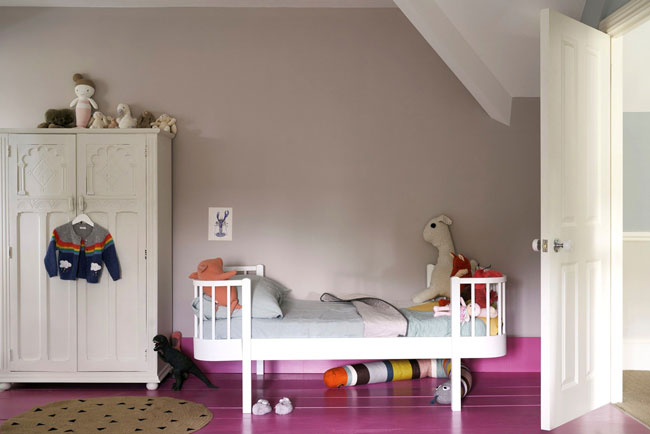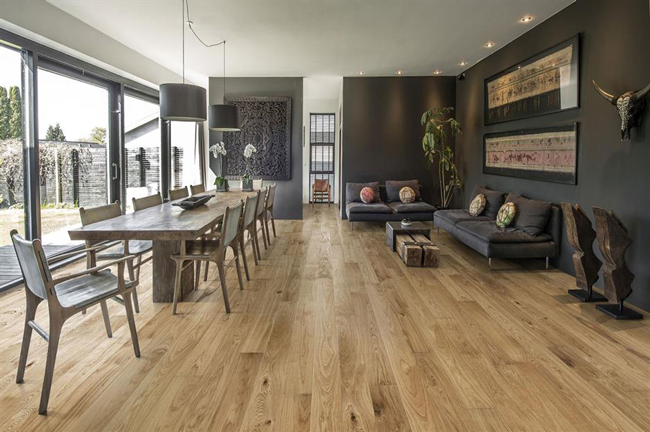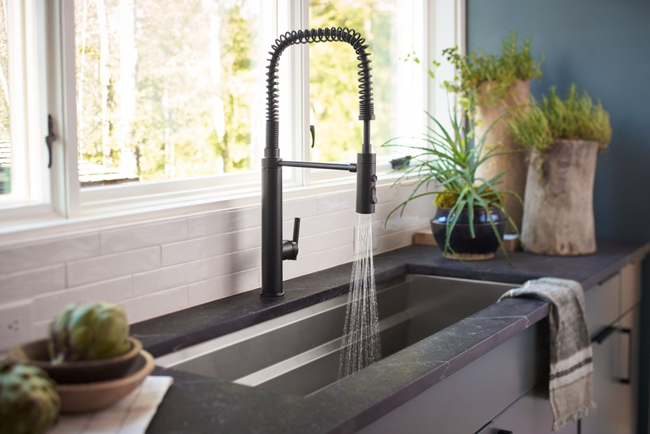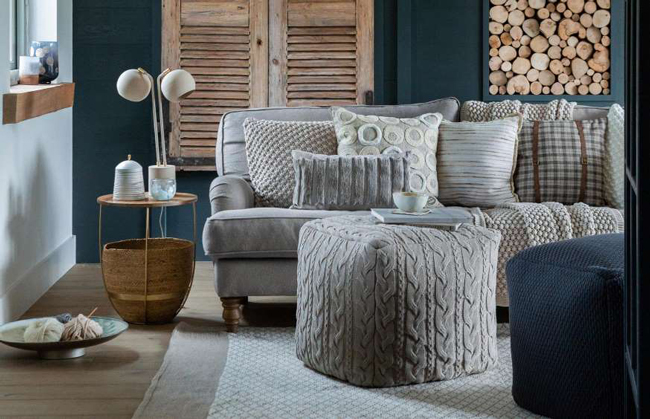

Dear Debbie;
Would you recommend painting a nursery floor? We like the idea of adding some fun colour/s but don’t want an area rug. A bare floor is easy to crawl and play on. There is a builder’s laminate floor in the room now that is warn and has some (ink) stains.
— Martha
Dear Martha;
A painted floor is an exciting option for a child’s room. This is their primary playground and an inviting space will feed into their energy and sense of adventure. Adding colour to the floor makes a big impact; it’s one of those surprise decorating elements that can provide you with any style or mood you choose. In an attic room where the ceiling and walls are slanted and uneven, leaving those surfaces plain contributes cohesion. Bring in colour with a brightly-hued painted floor to boost the character – it will also make a small room feel larger. Shown here is a nursery with pots of lively colour provided by Farrow and Ball’s vibrant pink Rangwali. This happy colour reflects its charm around the room. The walls are Peignoir, which has the slightest blush of pink. Any other colours come from toys and stuffed animals. Other colour options for a child’s floor are mid-tone blues and bright greens. Go with white or a pastel shade of the floor colour for the walls and ceiling.
If you are feeling adventurous why not apply a unique design over your painted floor. Stencils are an easy way to transform the surface with daisies or geometric shapes. There are animal stencils, all kinds of flora and fauna, cartoons, letters and numbers. Create a painted rug or stencil your chosen motifs randomly across the floor. I came across a fun idea for a game that was painted over a grey base shown here. You could draw around kids’ feet and trace then fill in with paint. Or have them make their own footprints – the paint is water-based and washable, but this will take some maneuvering. The curvy lines are painted freehand connecting to the various finish spots, which can be stenciled or drawn freehand. Train tracks and stepping stones are also interactive designs that will encourage hours of play.
Although some would disagree with painting over a wood floor, in your case it sounds like a great idea. Depending on the quality, laminate floors can be a challenge to sand and by the time you have removed the stains and fixed any damaged areas you’ll find that you have sanded through the wood laminate. Clean your floor and sand the finished surface lightly. Look for a good primer that is manufactured to cover prefinished or painted surfaces. There are excellent floor paints that are environmentally friendly and durable. Some don’t require primers.
Paint the ceiling first, then the walls. The floor is the last to be painted so that it doesn’t get splattered. If you decide to continue the floor colour up over the baseboards, use painter’s tape to mask off the bottom of the wall. When applying the floor paint, start at the area furthest away from the door. Two coats are best, especially to get solid coverage for dark colours. Water-based and acrylic paints dry quickly to the touch, but it takes a few days for them to completely harden. Wait before you continue with stencils or other designs.




